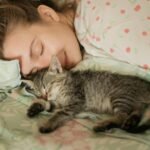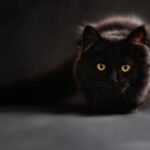Cats have ruled the hearts and homes of humans for thousands of years, and with more than 70 different cat breeds, there is truly a feline for everyone. However, some cat breeds tend to get more attention than others, often due to their appearances or celebrity endorsements rather than their living qualities or temperaments. In this article, we’ll explore the most overrated cat breeds according to experts, offering insight into what to consider before bringing one into your home.
Persian Cats
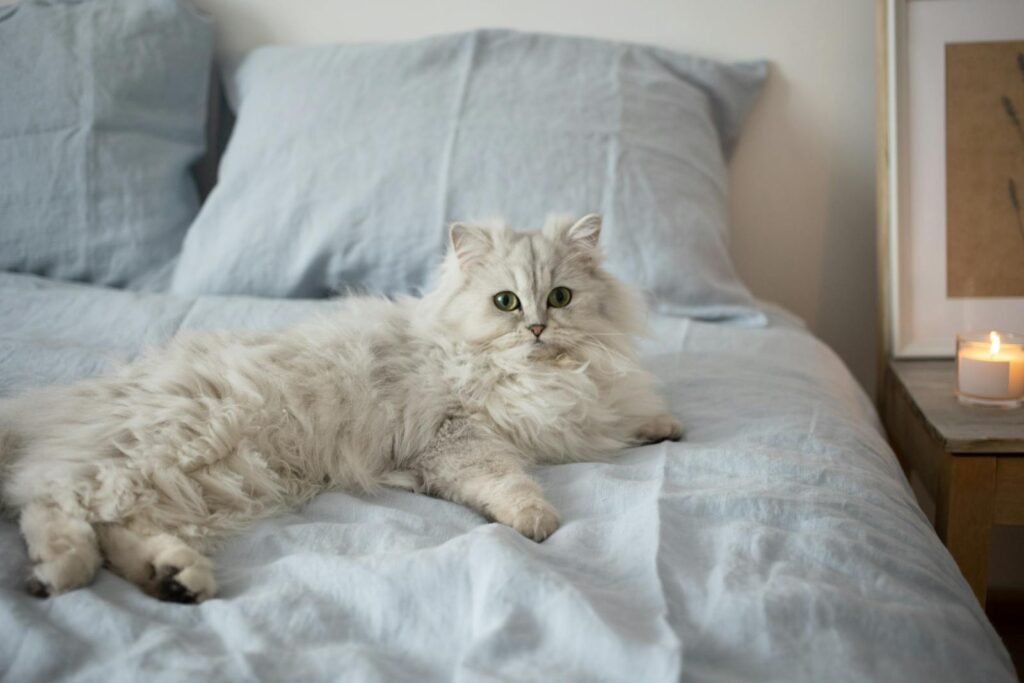
Persian cats are well-known for their long, luxurious coats and their calm demeanor. However, their popularity often overshadows the significant grooming and health maintenance they require. Experts warn that the Persian’s need for daily brushing and regular face cleaning to prevent eye staining can be overwhelming for some owners. Additionally, their brachycephalic (flat-faced) structure tends to cause respiratory issues, which might be a concern for those unprepared for such high maintenance.
Bengal Cats

Bengal cats appeal to many for their striking, leopard-like appearance and high energy levels. Yet, experts identify them as overrated due to their demanding nature. Bengals require a lot of stimulation and exercise, and without it, they may develop behavioral problems. They are not the couch potatoes that many might assume them to be, needing more involvement from their owners than some might expect.
Scottish Fold
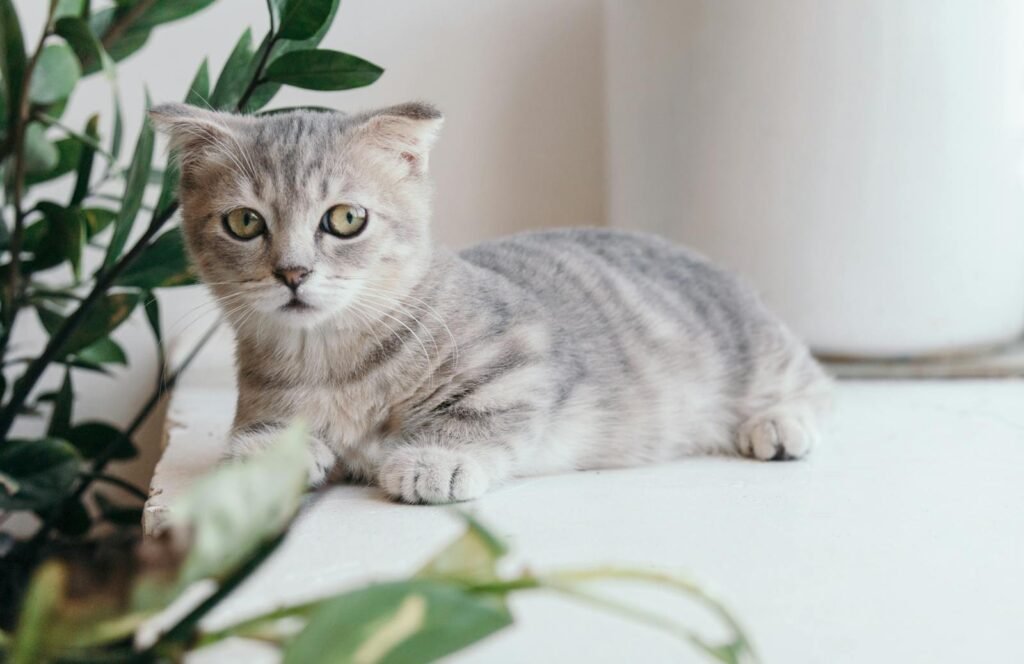
The Scottish Fold is adored for its unique, folded ears and round eyes, which give it a distinctly adorable look. Experts, however, highlight the ethical concerns with this breed. The genetic mutation that causes their ears to fold is related to cartilage defects, which can lead to painful joint issues as they age, prompting serious consideration for those thinking of adopting a Scottish Fold.
Sphynx Cats
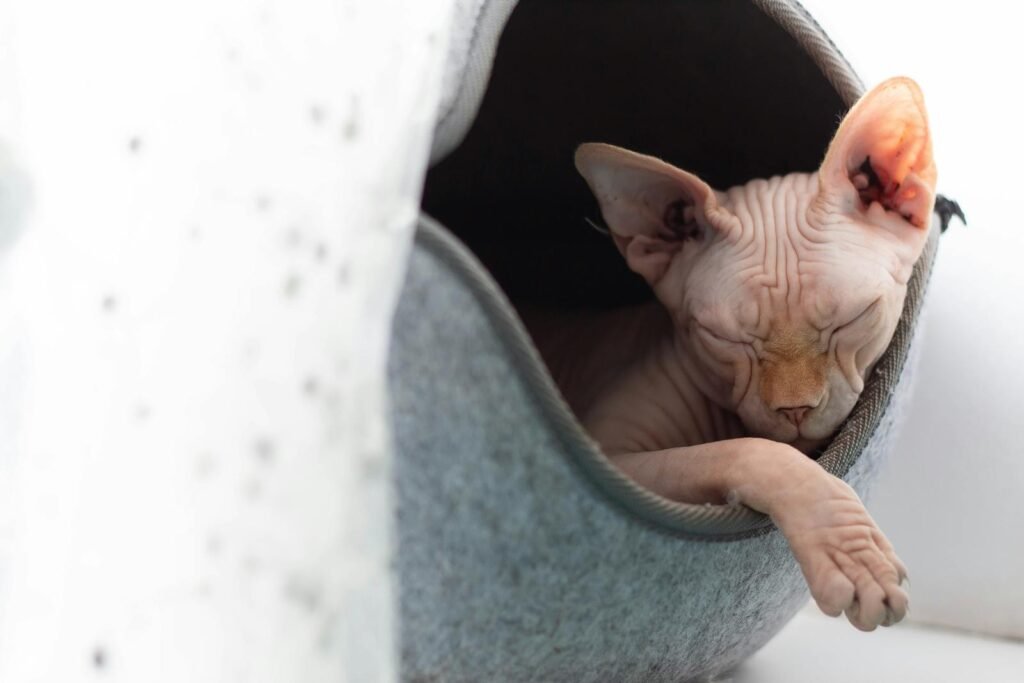
Known for their lack of fur, Sphynx cats are often favored by those looking for something a bit out of the ordinary. Yet, the absence of fur does not mean they are maintenance-free; quite the opposite, in fact. Their skin needs careful grooming to keep it free of oils and dirt. Additionally, they must be bathed regularly, which takes time and dedication from their owners. Their care can be more demanding than initially assumed.
Maine Coon
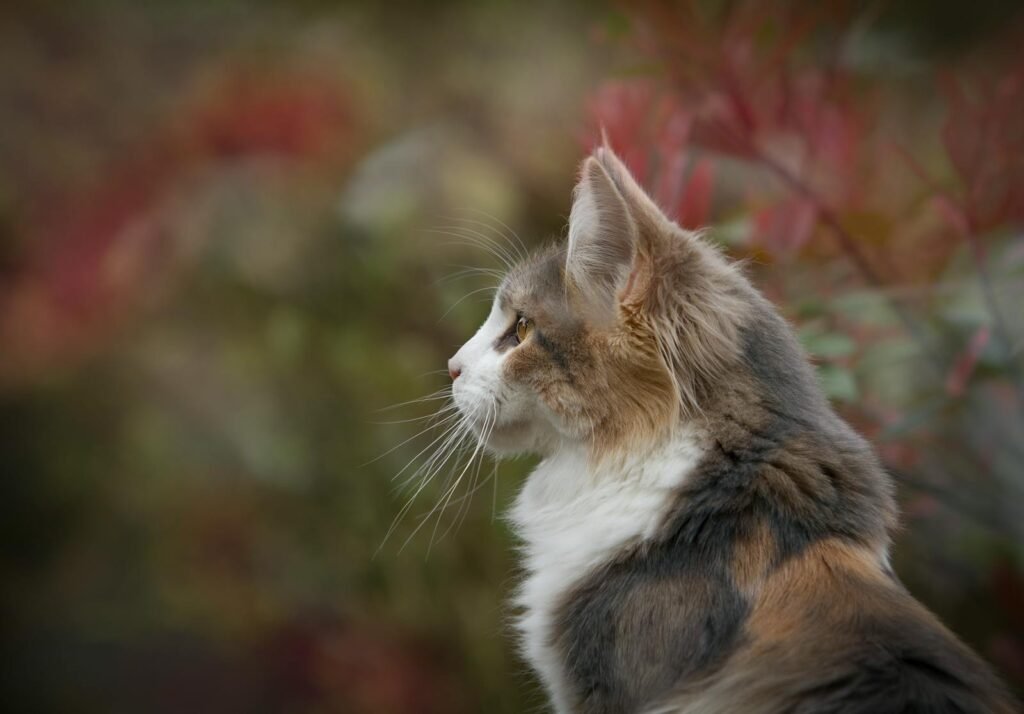
Maine Coons are prized for their size and gentle nature. However, experts suggest they might be overrated because potential owners underestimate the space and food these cats require. With males often reaching up to 18 pounds or more, maintaining their health and grooming can be taxing, especially for those unable or unprepared to accommodate such a large pet in their home.
Siamese Cats

Siamese cats are known for their vocal personalities and striking blue eyes. While they can make excellent companions, their tendency to demand constant attention and their vociferousness may not be ideal for everyone. Experts point out that the sociability and noisiness of Siamese cats, while engaging for some, can be overwhelming or irritating to others seeking a quieter pet dynamic.
British Shorthair
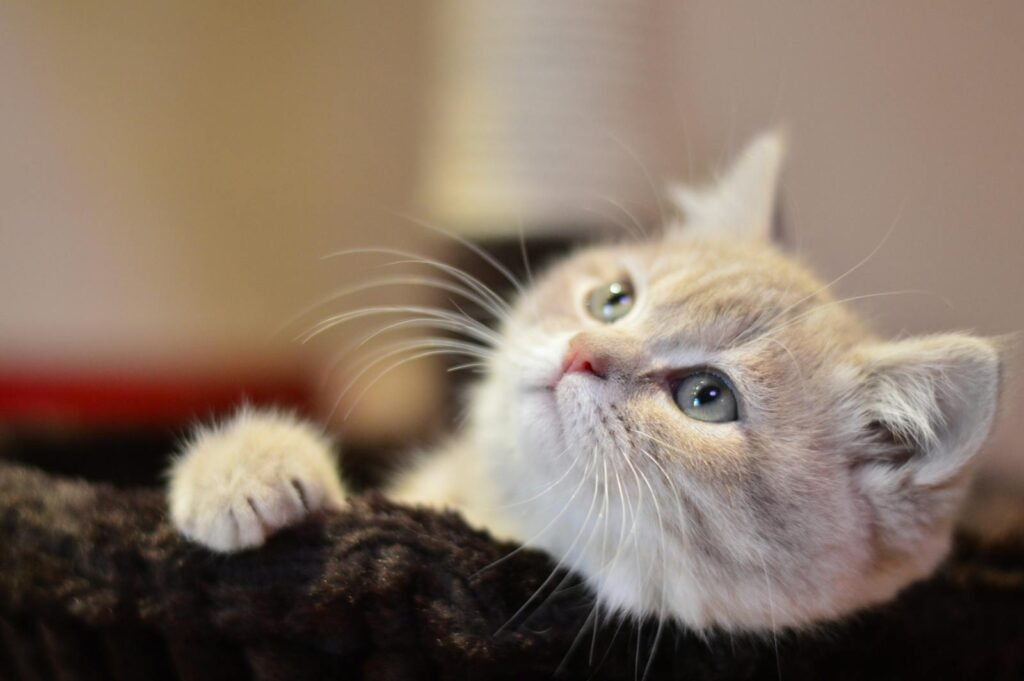
British Shorthairs, particularly the blue-gray variety, are coveted for their plush coats and round, teddy bear-like appearance. Despite these appealing traits, they can be less affectionate than anticipated, preferring independence over constant companionship. Their standoffish nature can surprise those expecting a more interactive pet, making them, perhaps, overrated.
Himalayan Cats

The beautiful Himalayan, a cross between the Persian and Siamese, shares many grooming requirements with Persians and the conversational nature of Siamese. They are also prone to the same health issues as Persians. Experts suggest that those in love with the Himalayan’s look and personality must be ready to take on the grooming and health considerations associated with this charming, yet demanding, breed.
Nebelung Cats
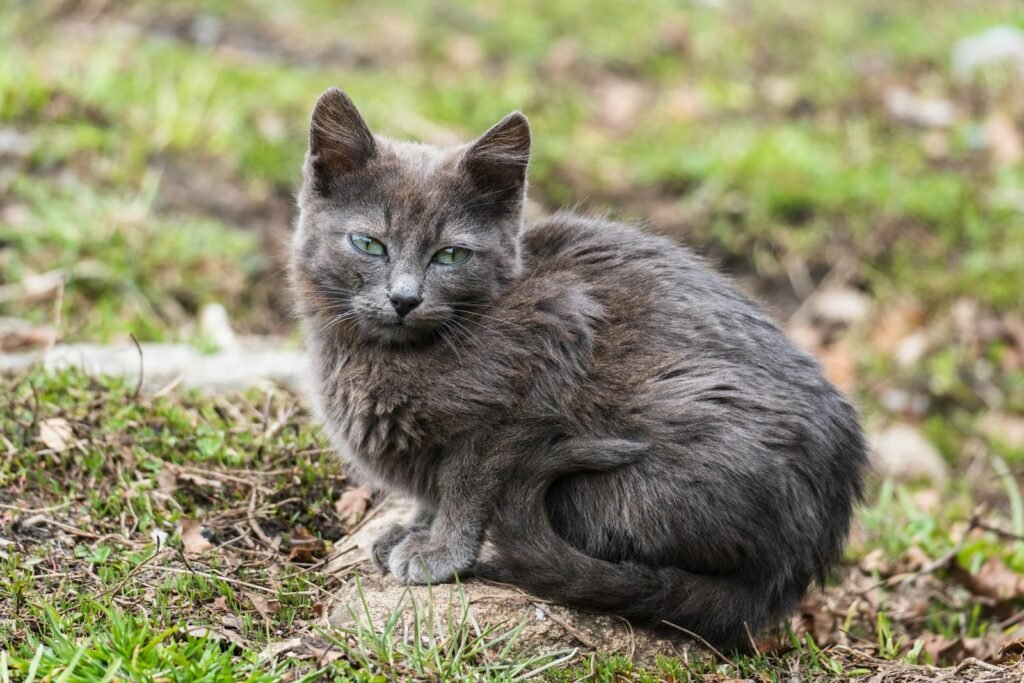
The Nebelung’s long, silky blue-gray coat and gentle disposition make them beautiful companions to behold. However, experts argue that their rarity and desirability often overshadow the commitment they require. Known for their sensitivity and need for a stable environment, they may not be suitable for families with boisterous children or frequent changes in routine.
Ragdoll Cats
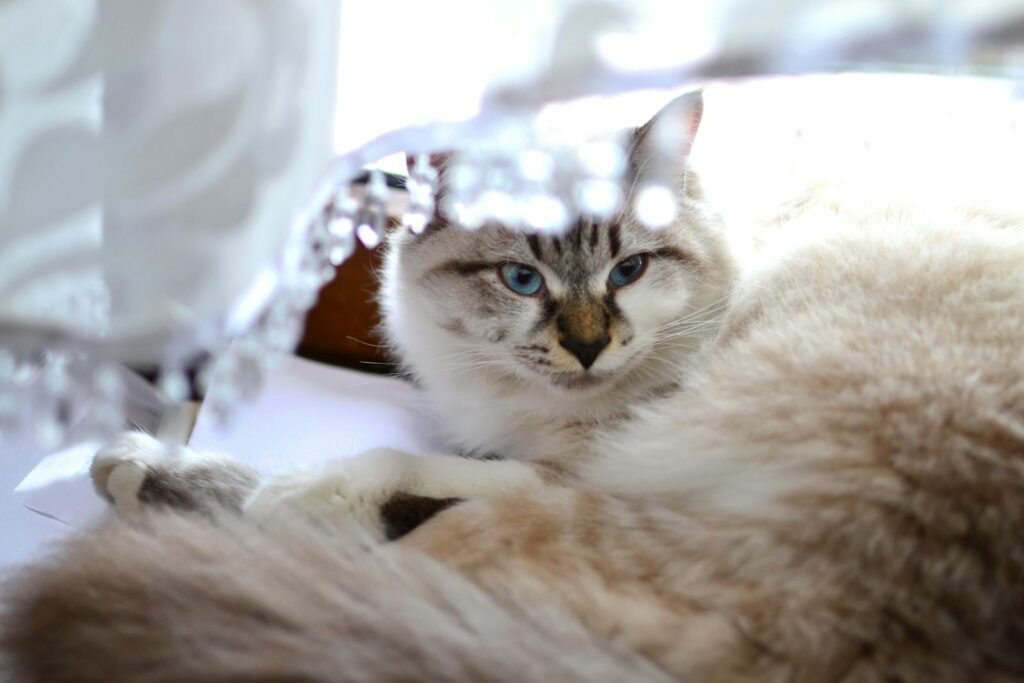
Ragdolls are loved for their floppy, relaxed nature and striking blue eyes. While affectionate, their docile disposition can lead to misconceptions about their low-maintenance needs. Experts caution that Ragdolls often require just as much time and attention as more active breeds, as their gentle demeanor can sometimes be mistaken for low energy, leading to unfulfilled exercise needs.
Choosing the right cat breed involves looking beyond appearances and considering each breed’s unique requirements. While the breeds discussed are popular for a range of reasons, they each come with specific challenges that potential owners should be aware of. By understanding these aspects, cat lovers can make more informed decisions and find a pet that truly suits their lifestyle and capacity for care. Ultimately, a successful relationship with any pet stems from meeting their individual needs and cherishing their unique personalities.

Growing up traveling and experiencing new cultures and wonders, I have had a passion for nature, adventuring, photography, and videography. I am currently working towards a BSc in Biodiversity and Ecology at Stellenbosch University, and I hope to specialise in Marine Sciences one day.
Please send any feedback to Feedback@animalsaroundtheglobe.com

